2025 – CHW
A visit to the Zara Ferne Williams Amelanchier collection. In the main they are not flowering that well this year and the recent rains has bashed the flowers.
A newly planted Magnolia ‘Rominas Pink’.

2024 – CHW
Off to Northern Ireland later today.
Viburnum erosum now in flower.
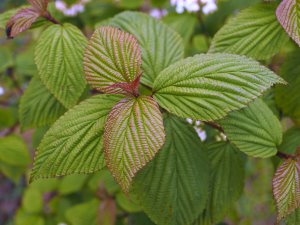
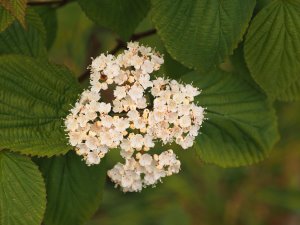
A nursery visit.Trillium grandiflorum in flower. Other species not quite out as yet.
2022 – CHW
We have rightly been given some stick for selling Magnolia (Michelia) compressa which turned out not to be a Michelia at all but eventually one of our plants produced clusters of small rounded white flowers. The plants were bought in good faith from Holland at least 10 years ago and looked very nice plants. John Marston referred to our cockup in one of his recent regular videos about his garden at Gorwell but was naturally far too polite to lay the blame at Burncoose’s door.
Here are pictures of the true Magnolia (Michelia) compressa which has yet to flower with us but, where I have seen it in flower (Gorwell video and Tregrehan), it is a pretty dull thing with tiny flowers and not really a species to grow except in a magnolia collection.
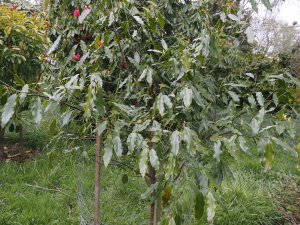
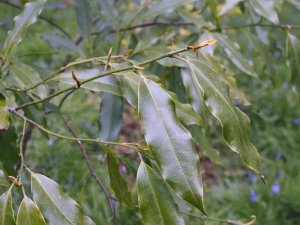
A visit to Tregrehan yesterday. Alice Boyd, Richard & Mary Carew-Pole and Andrew & Vanessa Leslie. We all enjoyed a garden together for the first time in a year. A three-hour ramble amongst the usual array of new plants.Photinia serrata ‘Pink Crispy’ is not to everyone’s taste (this in St Austell Garden Centre).
How much longer can the BBC keep the death panic going?Clearly they are itching to get the death statistics ever upward from corona from the latest interpretation of care home deaths being yet another government disgrace. Only 17% of the increased death totals of care home residents as compared to a ‘normal’ year are listed as being corona related. The BBC and the new labour front bench absolutely love this.However:1. Hospitals are refusing to admit patients from care homes2. Doctors and nurses are refusing to visit care homes in person to treat ‘those presenting symptoms’3. It would seem that death certificates are not always being completed by doctors4. All of this is of course because of the unavailability of PPE5. Can private healthcare homes actually afford the repriced PPE?Or does it really show the incompetence of National Health England and of the medical profession managers? Are the additional care home deaths actually the result of poor care, lack of staff in the care homes themselves, doctors ‘forcing’ residents to sign DN Resuscitate forms and not actually corona? I say, again, that secondary consequences of lockdown may be worse than corona itself and here is more evidence.Meanwhile it is now a fact that UK manufacturers of PPE are shipping and selling it in Europe having first offered it to the NHS but been ignored. Is this really the fault of the government or is our ‘blessed’ NHS actually run by complete bureaucratic incompetents? Wonderful nurses in intensive care but the rest of the NHS management is actually responsible for not coping itself with its own supply lines. When will someone dare to say this publicly as the PPE outrage grows, and the NHS passes the buck to Hancock.I suspect, in due course, Hancock will be forced to fall on his sword and resign but how many NHS bigwigs will he take with him? None presumably!Larix kaempferi, Japanese larch, just coming into leaf. As attractive now as is its striking autumn colour.
2019 – CHW
I think those fuchsias beside the house have flowered all autumn and all winter. Now they are off again. Just shows what an ultra-mild winter means.
Podocarpus macrophyllus ‘Aureus’ has become a stunted spreading shrub after some 35 to 40 years. It is the new growth which turns yellowish but there is still a tinge here in last year’s.
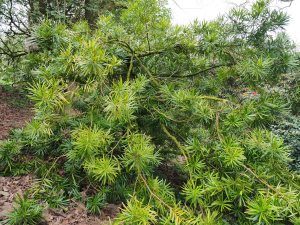
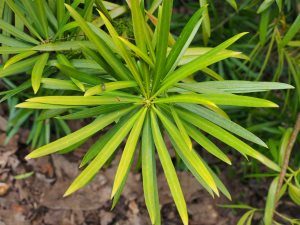
Camellia reticulata ‘Den Burton’ with its first enormous flower by Red Linney. A new one to us from France.
The rare white form of Rhododendron racemosum (near Tin Garden) which needs propagating by Asia later in the summer.
A particularly good form of Rhododendron ‘Sir Charles Lemon’ (arboreum). Better than 2 or 3 others in the garden.
Rhododendron ‘Lady Montagu’ (Exbury Group) nicely in flower and developing into a big bush which may reach 20-30 feet.
Daphniphyllum macropodum var. humile nicely in flower with contrasting yellowish new growth.
First flowering of Rhododendron tanastylum (an Alan Clarke collection). Another one on the ‘rarely in cultivation or of doubtful provenance’ list. I doubt Alan would agree!
The first grass cut in Kennel Close is now complete and the spraying around individual
trees has also been done. Very early perhaps but it has taken Tim 3 days with the
machine now whereas it would have taken double the time by late June or early July. It
looks much better for visitors too. Hopefully a warm windless week to follow to get on
top of more of the spraying although the Rosemoor Show will interrupt proceedings
leading up to next weekend.
2018 – CHW
Another trip to Old Park to view new young magnolias flowering for the first time.
Magnolia ‘Gold Cup’ was admired at Mount Congreve. Ours has faded a bit now full out but still not bad. We have another somewhere I think but cannot remember.
2017 – CHW Rhododendron ‘Ginny Gee’ in The Rockery is nearly over in the shade. Light pink when it opens, fading quickly. The other plant in full sun is long over.
Another six boring hours (now 20 in all) on the Single Payment Scheme forms which have now been submitted in part electronically and in part on paper due to the Rural Payments Agency omissions on our field parcels which were entirely their fault and which we were unable to amend online. In the 95 page rule book a field of miscanthus has to be coded PC01 but it will not accept this online. When we ring the RPA they say the rule book is out of date and the code is in fact S01. They only sent the rule book last week! This famous online system failed totally last year and sent us all back to paper form filling having wasted many hours online. It has so far cost £200m and still has many glitches. The most annoying one is that you have to go back to the top of the field list every time you fill in and confirm a field rather than jumping back to where you were in the list. Childishly simple you would have thought. Too tired to bore you any more with this euro trash nonsense and bureaucratic fascism perpetrated by incompetents.2015 – CHW
Banbury Town Hall for ‘The Pride of Hooky’ awards. Hook Norton Brewery’s annual pissup for its publicans. The one sitting next to me is taking the week off to recover. Lunch and the awards end at 5pm when the publicans lurch uncertainly to the two Hooky pubs in walking distance to carry on the bash while we have a five hour drive home.

1984 – FJW
Open Day 2500 people. Very fine not a gum boot in sight.
1922 – JCW
Far behind 1918-19-20-21. Auklandii not started, Augustinii hardly started, Orbiculare not started. Only ½ Calophytum open, Cherries in drive are ½ out, Subhirtella and dependens on the wane.
1921 – JCW
About the same as 1920 but only one flower of Orbiculare open and the reds are scarce.
1920 – JCW
Japanese maples good. New Planting Rhodo’s wane. Augustinii is yet good. Orbiculare very good. Auklandii has passed the best.
1918 – JCW
Daffs are nearly over and the rhodo’s mentioned in 1917 are all over now, we are nearly three weeks ahead of last year. Saw the first swallow.
1917 – JCW
Daffs just coming out well, very fine and dry. Rhodo 1350 just opening for the first time. R oleifolium is the best of the species now, red violet is very nice.
1915 – JCW
Daffs are turning back and we never saw so good a lot, or so many good things, or such fine weather for them. The white and pinky white Arboreum x Auklandii are opening and are very nice. R calophytum is very good indeed. Sir Charles Lemon is nice. A few buds of Auklandii are left by the frost, they are opening. Cherries are good.
1910 – JCW
Cherries about their best. Also Auklandii x Arboreum. Some nice late daffs now, but not many, beautiful moist weather for a week past. Clematis montana rubra good. Iris van T’s fine.
1906 – JCW
Only about 3 daffs left to open. Recurvas is open, Iris lusiana, Korolkowi and cushion hybrids are all open, the last are the earlier. R falconeri and thomsonii open also R campylocarpum. Auklandii, Niveum and Yunnanense nearly. R augustinii opened for the first time.
1904 – JCW
Primroses good. Grandis nearly all open and so Langtry, recurvas well up, the first Auklandii just opening. Thomsonii very good. Daffodils have nearly all gone. Go to Dinton and Birmingham tomorrow.
1899 – JCW
Primroses at their best. A few Montana have been open for a week. Camellia reticulata going by. The last (Narcissi) Beacon is open. Sol is yet a long way off. Waterlilies growing well.




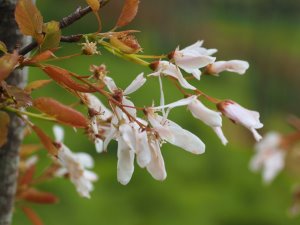
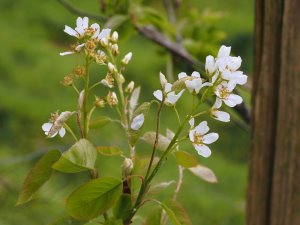
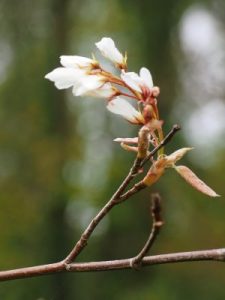
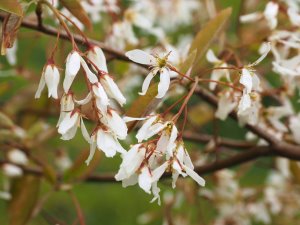

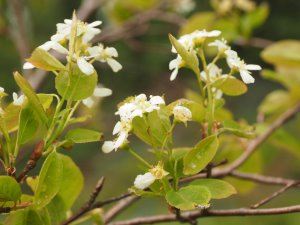
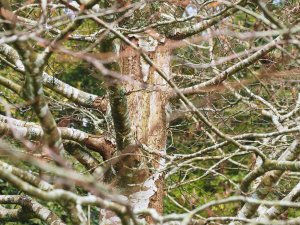
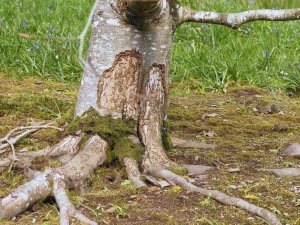
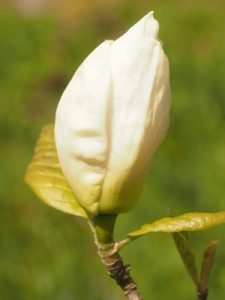
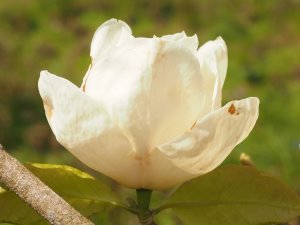
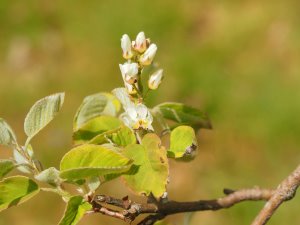
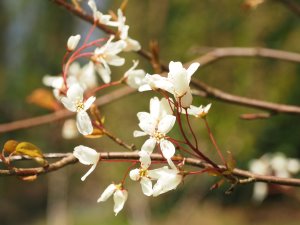
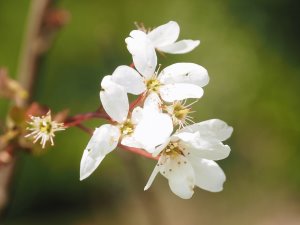
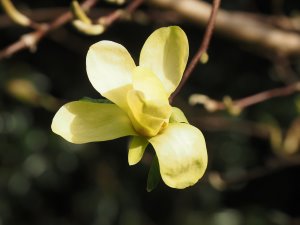
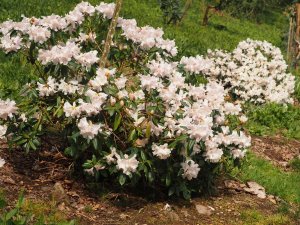
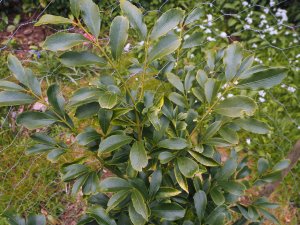
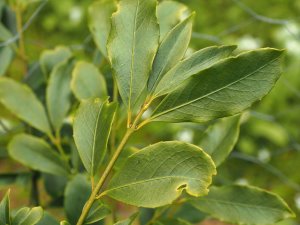
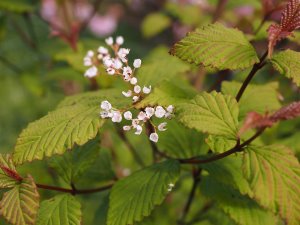
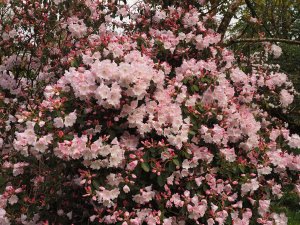
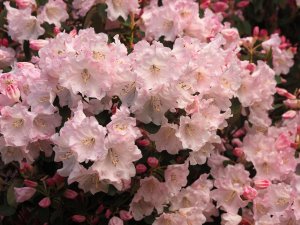
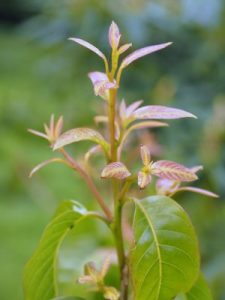
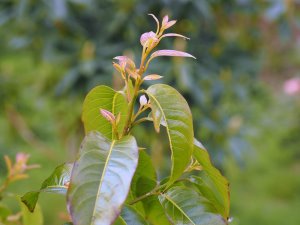
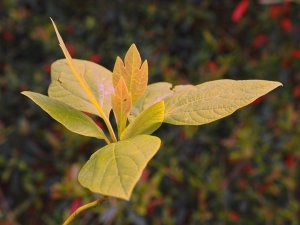
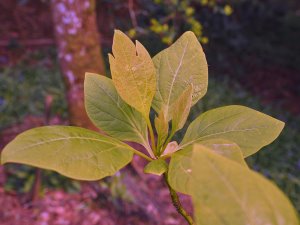
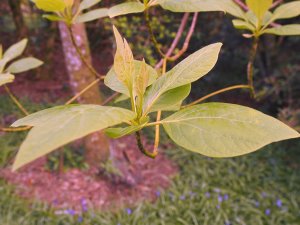
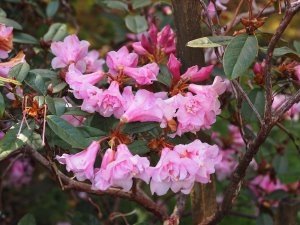
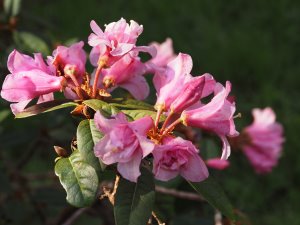
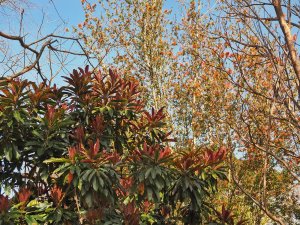
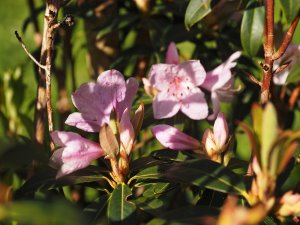
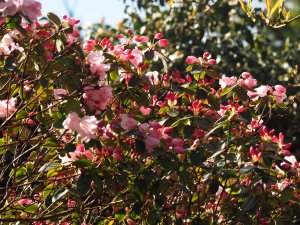
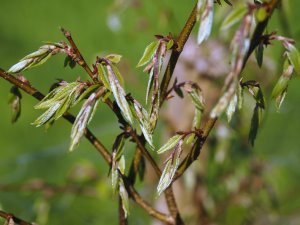
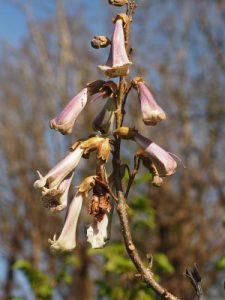
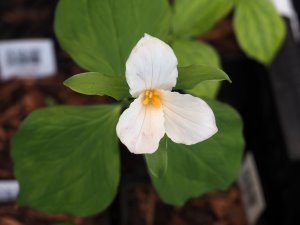
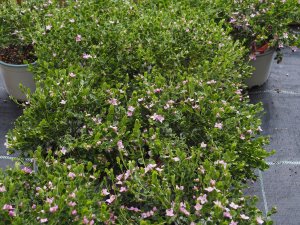
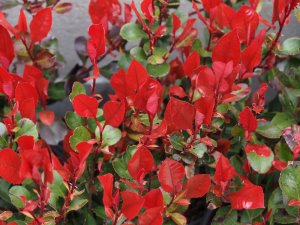
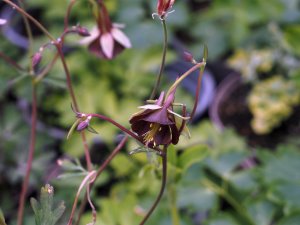
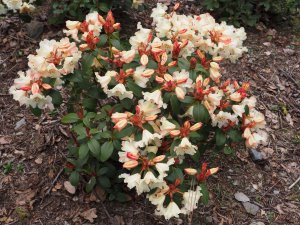
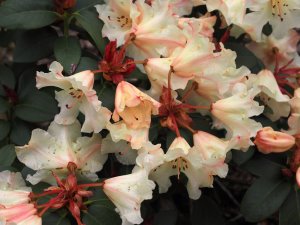
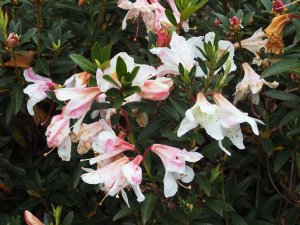
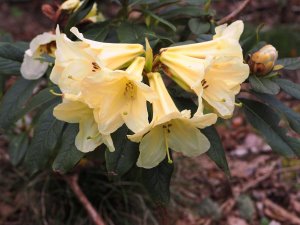
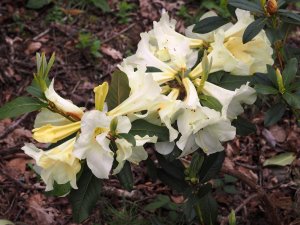
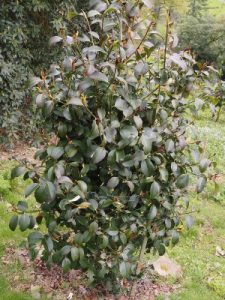
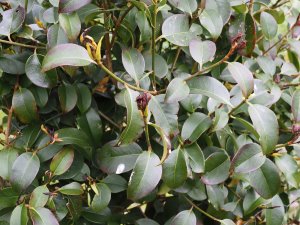
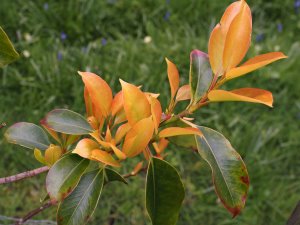
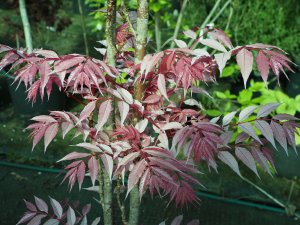
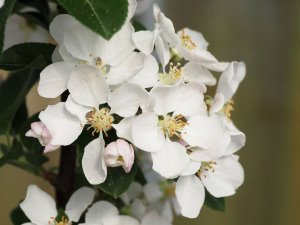

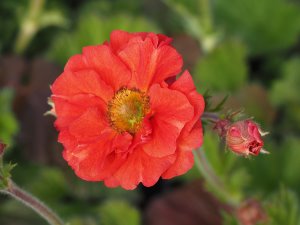
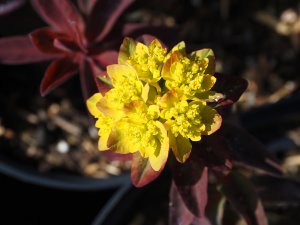
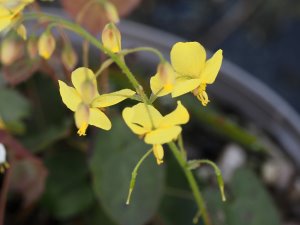
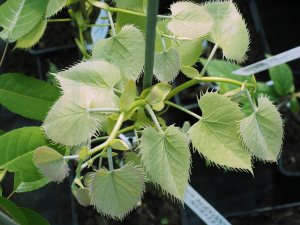
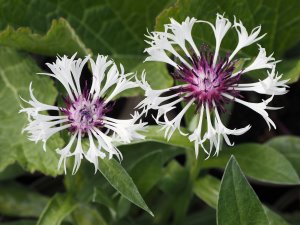
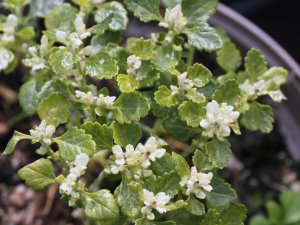
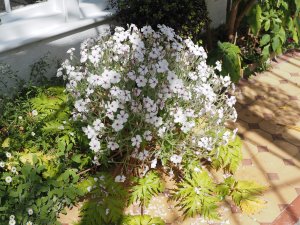
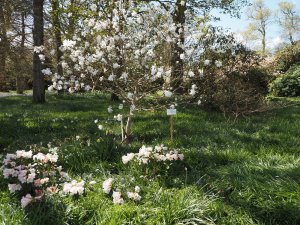
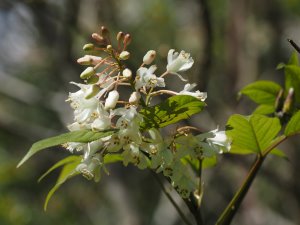
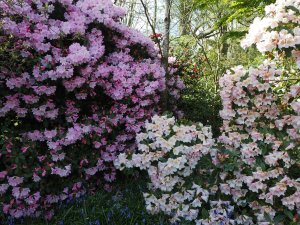
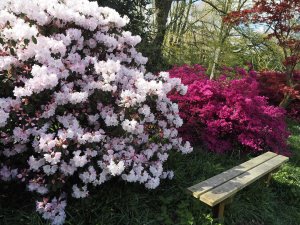
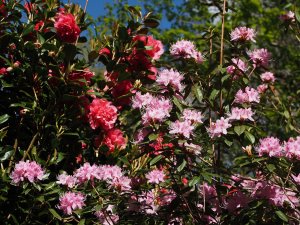
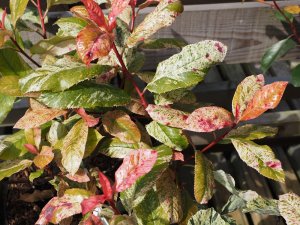
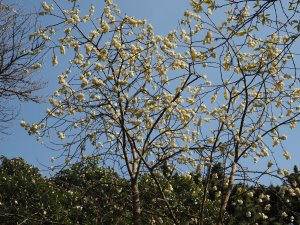
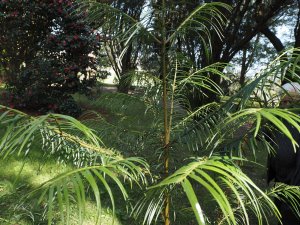
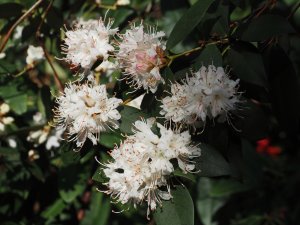
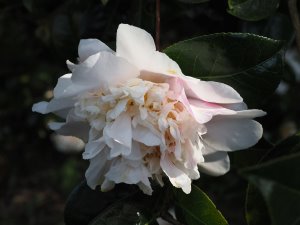
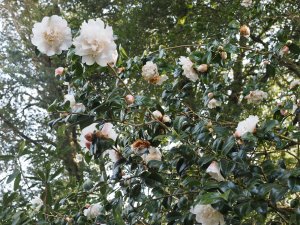
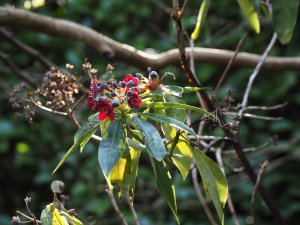
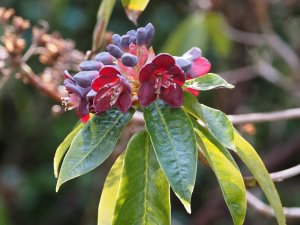
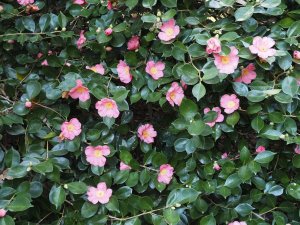
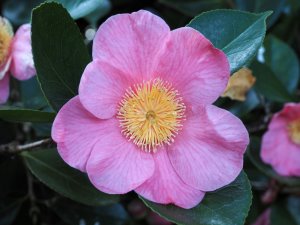
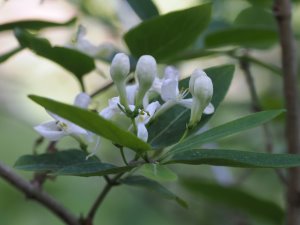
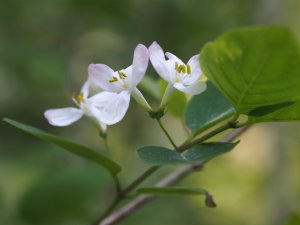

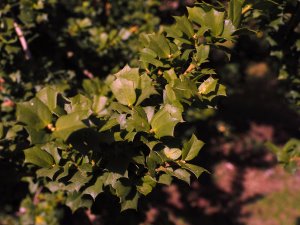
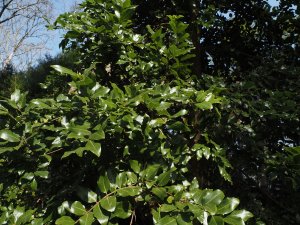
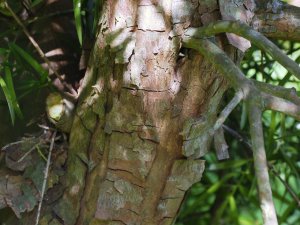
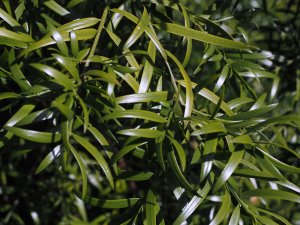
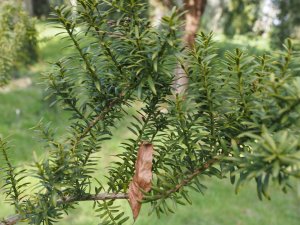
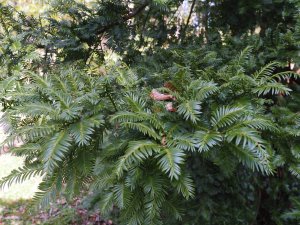
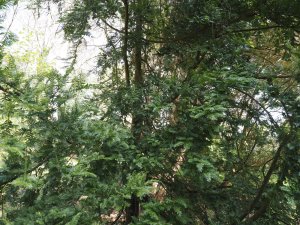
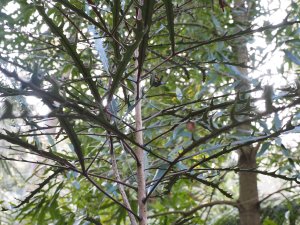
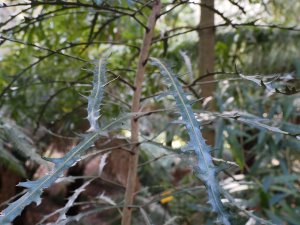
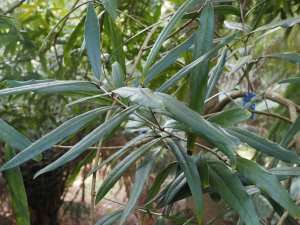
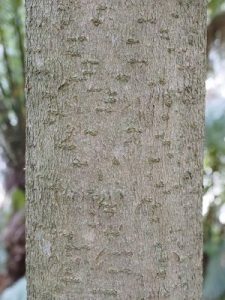
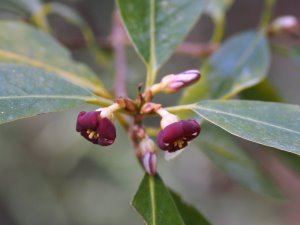
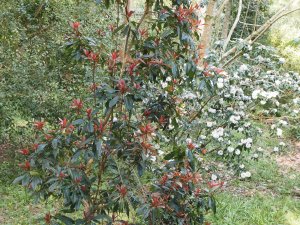
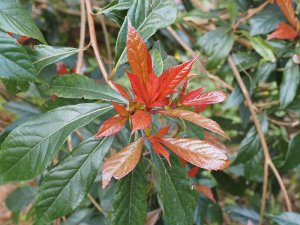
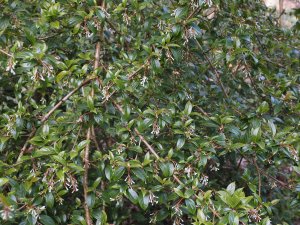
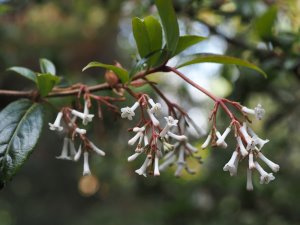
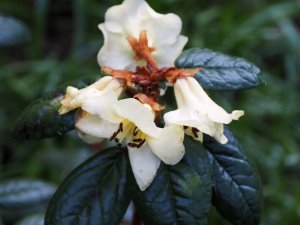
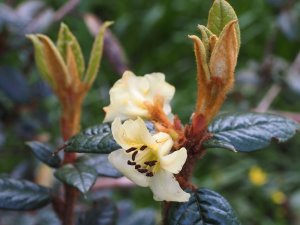
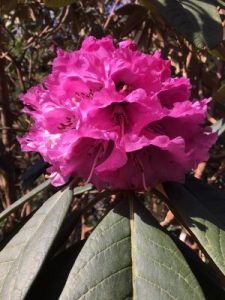
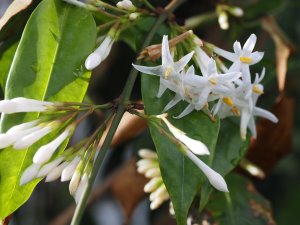
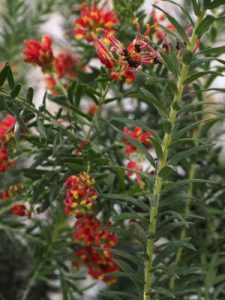
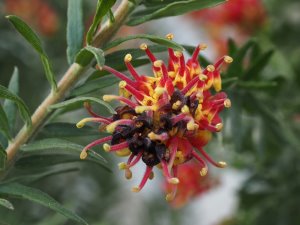
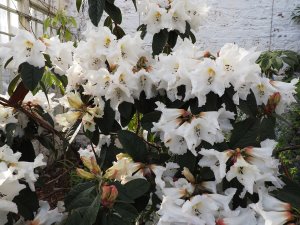
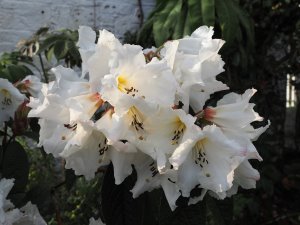
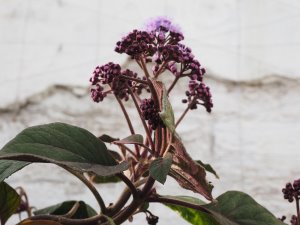
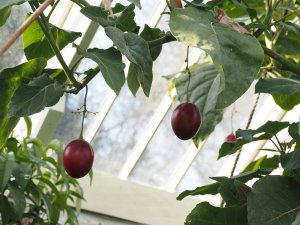
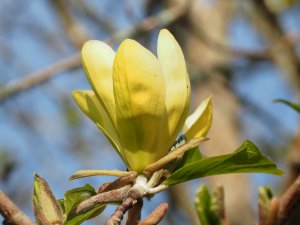
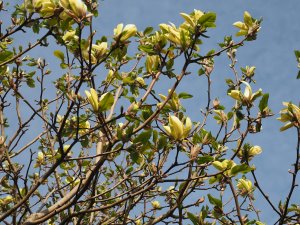
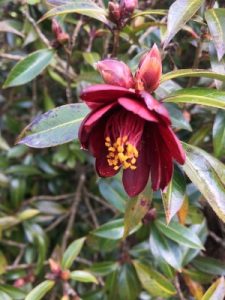
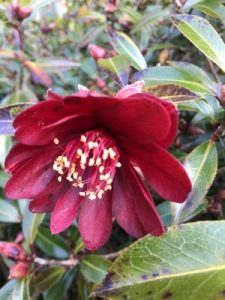
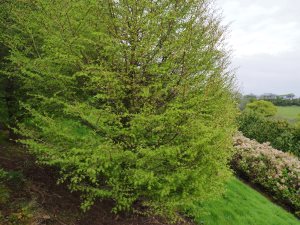
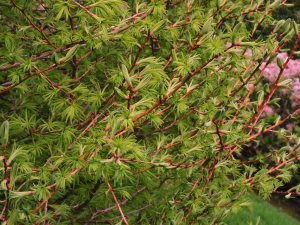
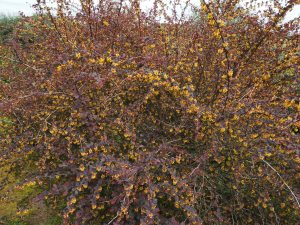
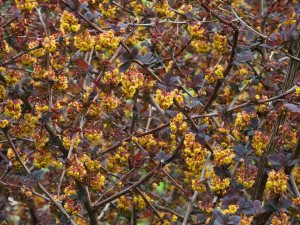
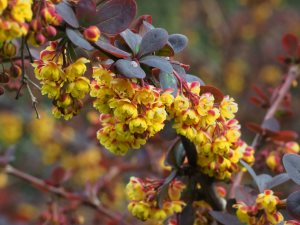
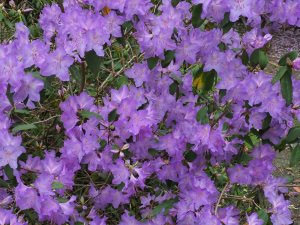
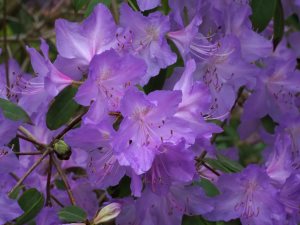
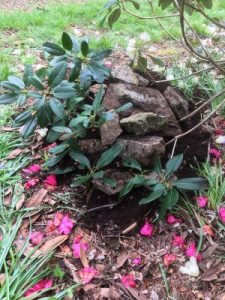
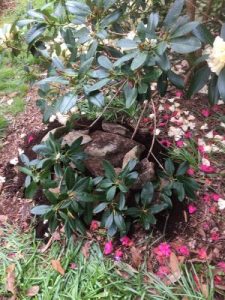
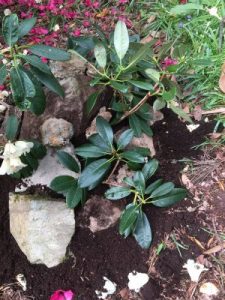
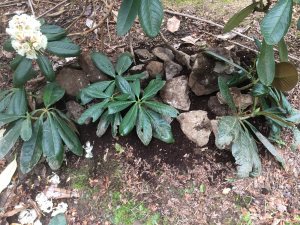
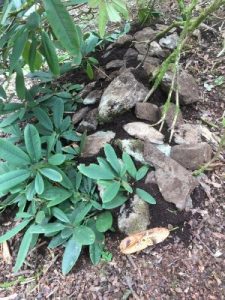
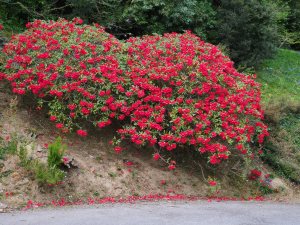
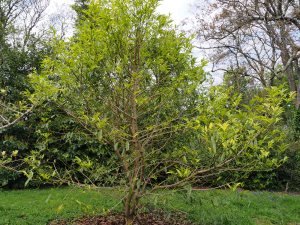

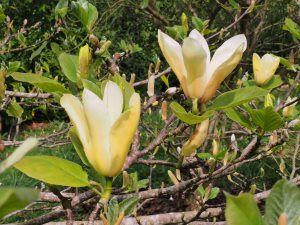
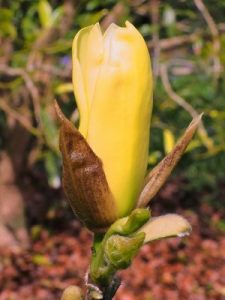
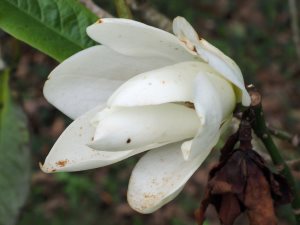
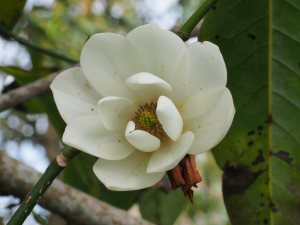
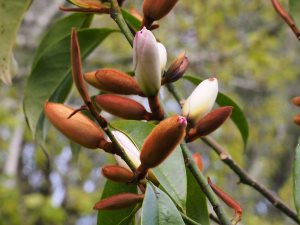
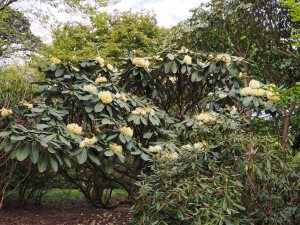
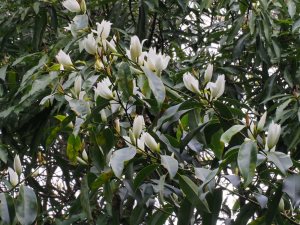
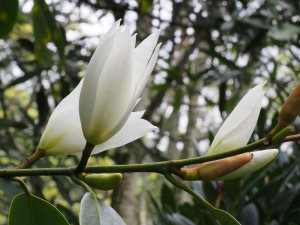
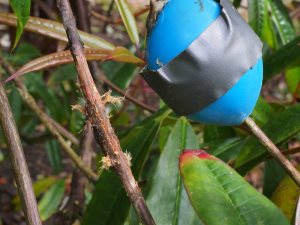
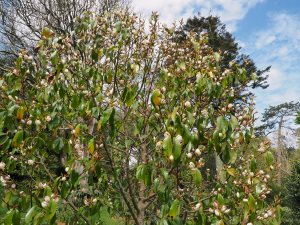


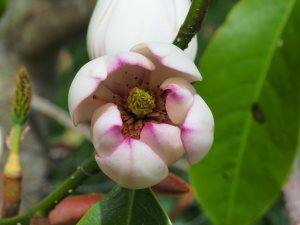
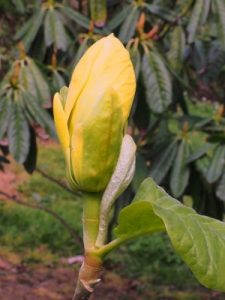
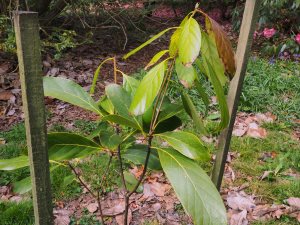
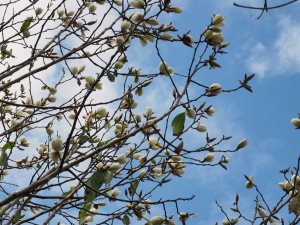
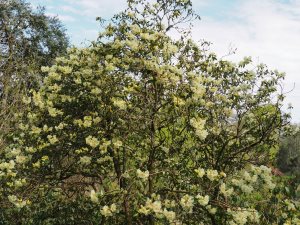
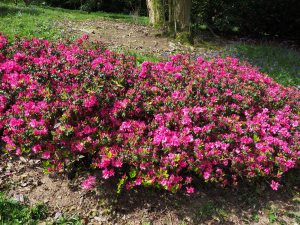
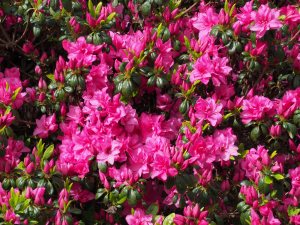
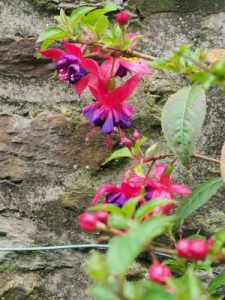
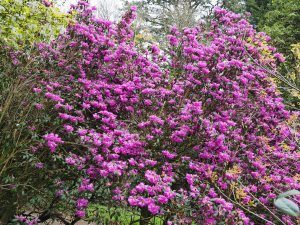
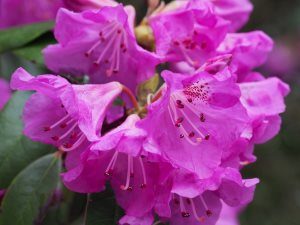
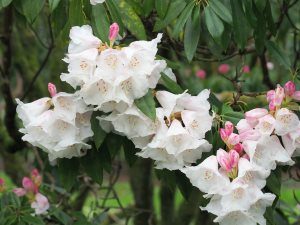
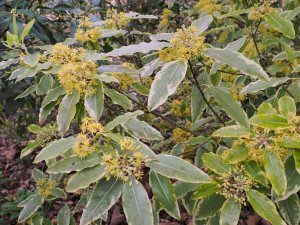

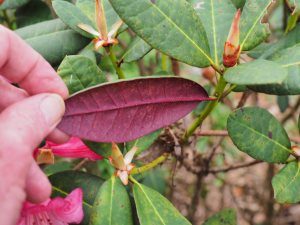
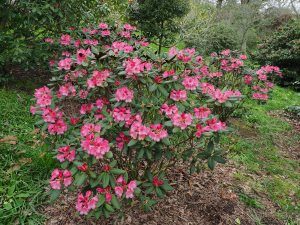
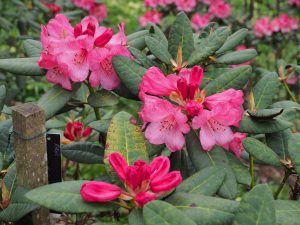
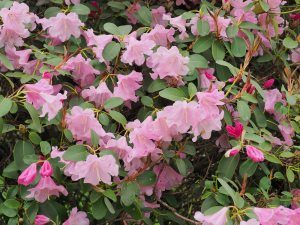
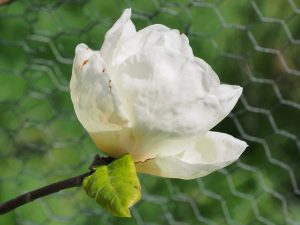
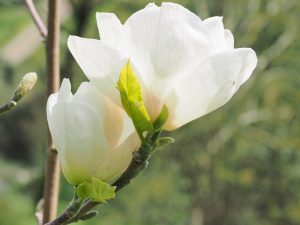
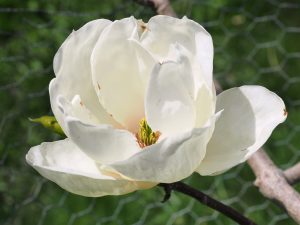
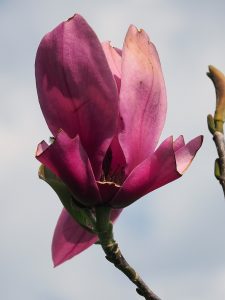
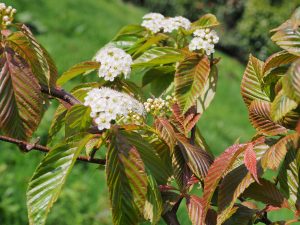
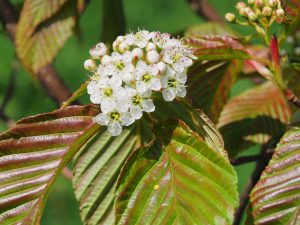
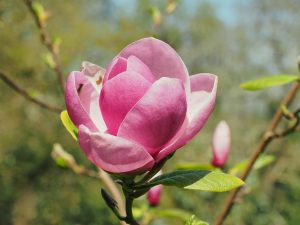
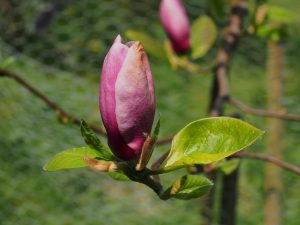
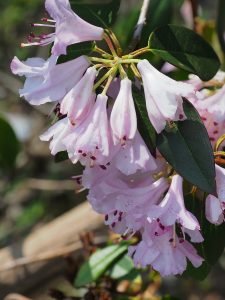

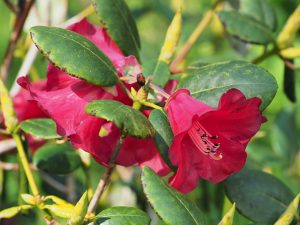

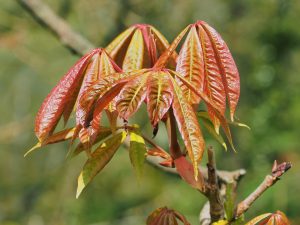
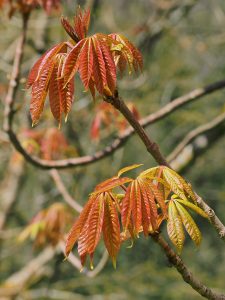

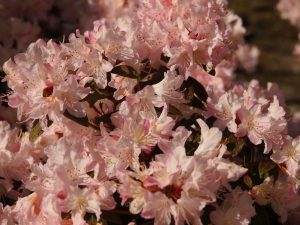
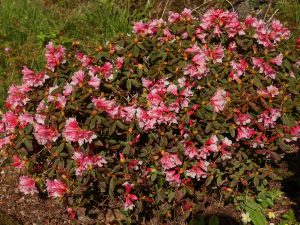
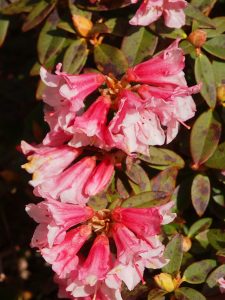
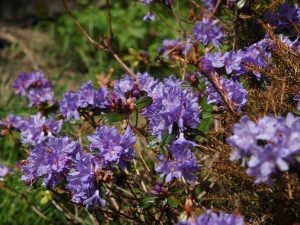
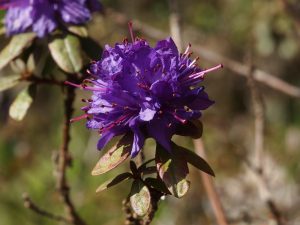
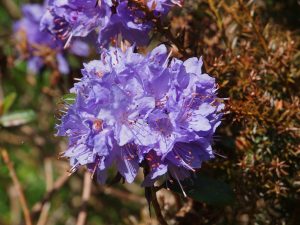
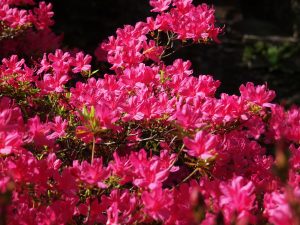
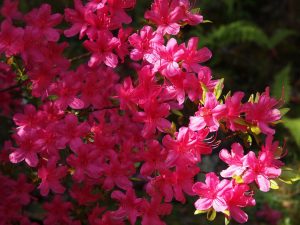
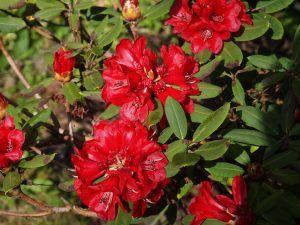
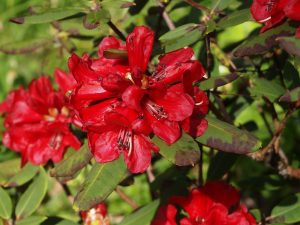
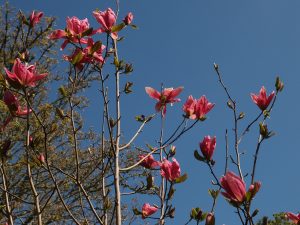
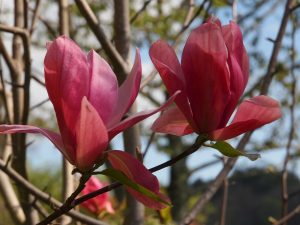
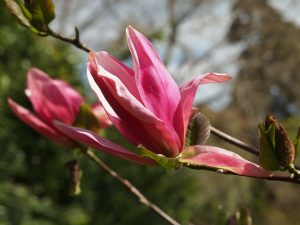
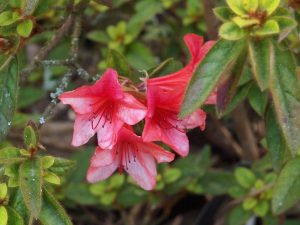

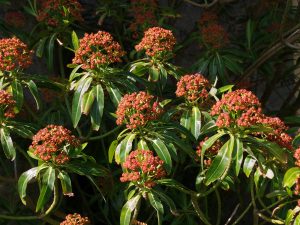
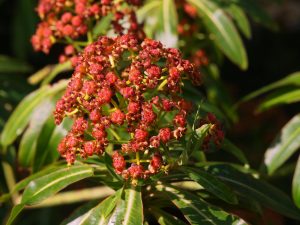

Naming of Podocarpus and Quercus, pictures 22nd April,
the Podocarpus should read milanjianus, a species widespread in tropical Africa from South Sudan to Zambia and further ( may without fruits be mixed up with Afrocarpus falcatus).
The valid name of Quercus fleuryi is Q. macrocalyx from Laos, Vietnam and SW China.
Georg Ruf
Sorry – our typing error re the Podocarpus.
Re the Quercus… but not when we acquired it.
Hello,
I think your unknown Cephalotaxus on this side must be Torreya jackii, the Torreya with the longest needles.
Regards
Wolfgang, Arboretum Fraulund,Germany
collector of Taxodiaceae and other conifers